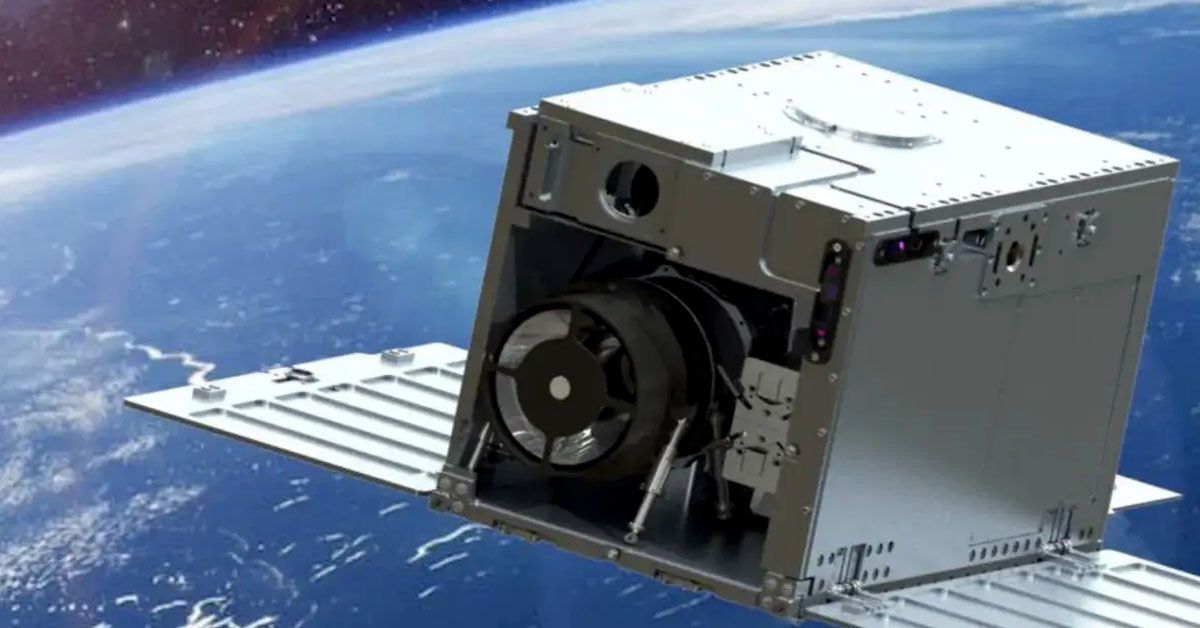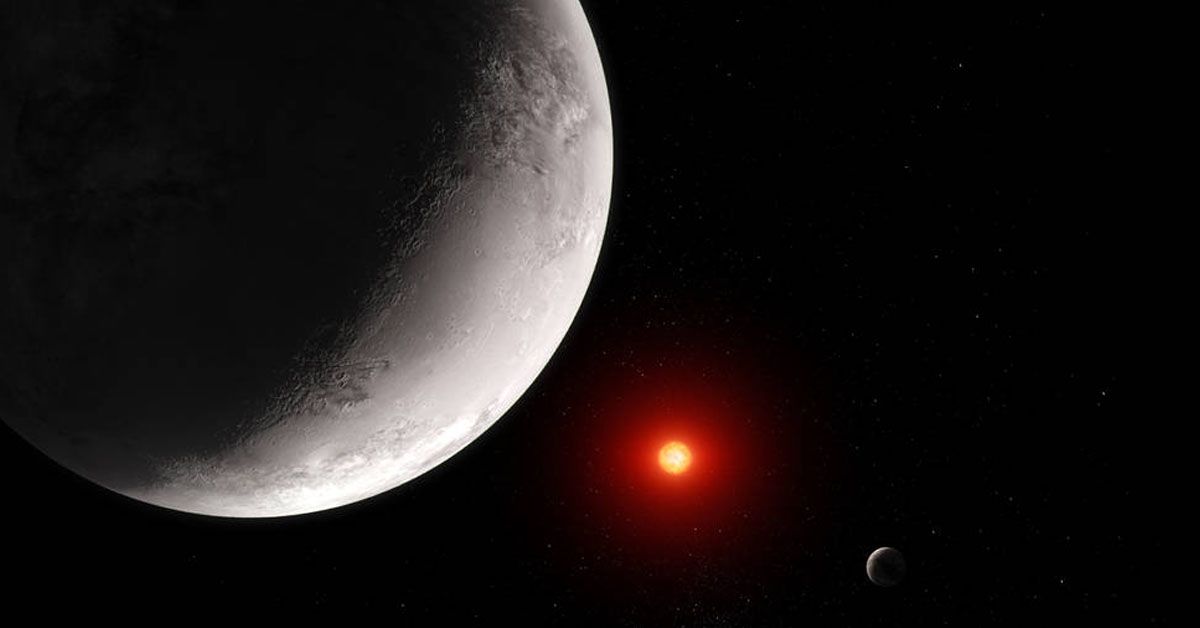Located 40 light-years away (sounds far, right?), TRAPPIST-1 c is a rocky little world that's been grabbing astronomers' attention. The JWST's keen eyes have revealed something remarkable: the planet likely has a very thin atmosphere, or perhaps none at all!
Plus, it has a dayside temperature of around 225 degrees Fahrenheit - that's cooler than any rocky exoplanet we've characterized so far. But why does all this matter?
Well, these discoveries can help us understand whether planets like TRAPPIST-1 c, especially those circling small, cool stars, might be able to support life.
The Elusive Atmosphere of TRAPPIST-1 c
TRAPPIST-1 c is located a staggering distance of 40 light-years away from our beloved Earth. That's a seriously long journey through space! This intriguing planet is part of a family of seven rocky planets that all orbit around an ultracool red dwarf star.
Don't be fooled by the red dwarf star's cooler and less massive nature compared to our own Sun. Despite its differences, this star is a true powerhouse that holds the potential to sustain planets like TRAPPIST-1 c.
Now, let's focus on the atmosphere of TRAPPIST-1 c. It seems to possess an extremely thin or possibly nonexistent atmosphere! If you're thinking this makes the existence of life as we know it quite unlikely, you're absolutely correct.
The warmth or coldness of a planet provides crucial insights into its capacity to support life. In the case of TRAPPIST-1 c, the dayside temperature clocks in at around 225 degrees Fahrenheit (or 107 degrees Celsius if you prefer).
Remarkably, this makes it the coldest rocky exoplanet we have studied in detail thus far! When compared to other rocky planets, this temperature might make TRAPPIST-1 c appear as a destination for a tropical beach vacation (minus the ocean and the sand, of course).
The Role of the James Webb Space Telescope
Imagine trying to spot a tiny speck of dust in a massive sandstorm from miles away. That's what it's like trying to find and study exoplanets. Thanks to the JWST, astronomers can collect and analyze loads of data, even from 40 light-years away!
By doing this, they are able to look into the possibilities of habitability on these distant planets. It's like having a high-powered magnifying glass that can help us see and understand these far-off worlds.
Meet MIRI, the JWST's Mid-Infrared Instrument. MIRI is like a super-scientist, able to characterize rocky exoplanets like TRAPPIST-1 c. How does it do this?
MIRI analyzes the mid-infrared light emitted by these planets. It's like seeing in a different spectrum of light, one that humans can't see with our eyes alone.

This helps us to get a more detailed understanding of these exoplanets and their atmospheres, even from billions of miles away.
The initial guess was that TRAPPIST-1 c might have a thick carbon dioxide atmosphere, kind of like what Venus has. But don't pack your bags just yet! The high radiation from its host star, the red dwarf, could have stripped away most of that atmosphere.
The JWST's observations point to TRAPPIST-1 c either having a bare rocky surface or, at best, a very thin carbon dioxide atmosphere.
This is a prime example of how science works. We make educated guesses, then use tools like the JWST to gather data and test our ideas. Sometimes, we find out we were wrong, and that's okay! It's all part of the exciting journey of exploring and understanding our universe.
A Glimpse into Future Research
Science is similar to assembling a gigantic jigsaw puzzle, where every fresh piece of information contributes to the overall picture. In the future, further investigations will focus on gathering additional data about the temperatures and potential atmospheres of TRAPPIST-1 b and c, the exoplanets in question.
The ultimate objective is to observe these distant worlds throughout their complete orbits. You can think of it as trying to get to know someone better by shadowing them for an entire day.

With the passage of time and each new observation made, our comprehension of these remote planets expands. Scientists will be able to compare the recently acquired data with their previous findings, thereby refining our understanding of these exoplanets.
As we accumulate more knowledge, we inch closer to finding answers to significant questions: Could these planets be capable of sustaining life? Is there any other form of life existing elsewhere in the vast universe?
Sources: nature.com / nasa.gov













